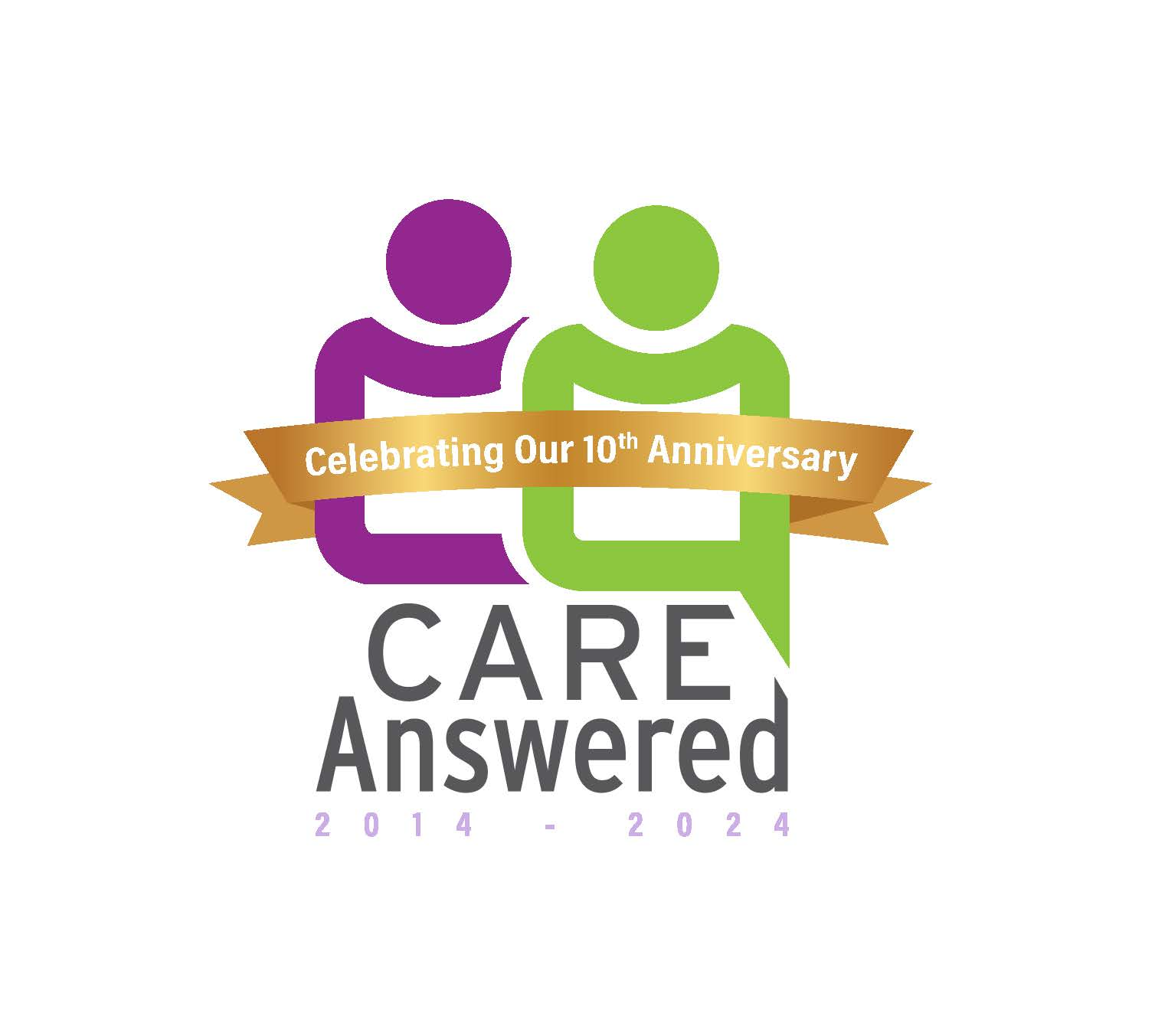You can be in love with your sweetheart, suffer heartbreak, wear your heart on your sleeve, or hear a heartwarming story. Yet for all the references to the heart in language, poetry, music and popular culture, there is a great deal of misunderstanding about how the heart actually functions and nature of heart disease.
Sitting just off-center in your chest cavity, your heart is a fist-sized organ that beats roughly 70 times a minute, pumping oxygen-rich blood to vital organs throughout your body. If you think of the body as a building, your heart contains elements of both the plumbing and electrical systems. An electrical impulse stimulates the heart to beat in a normal, steady rhythm. Any disruption to that electrical system will result in an arrhythmia, which can range from a harmless mis-fire to a life-threatening inability to effectively pump.

With arteries carrying oxygen-rich blood from the heart to the rest of the body, and veins transporting oxygen-depleted blood back to the heart, any interference with those vessels can result in serious problems. Just like a clogged pipe can spell disaster in your home, coronary artery blockages can lead to a heart attack because they prevent oxygenated blood from nourishing the heart itself, resulting in damage to the heart muscle.
With those basics out of the way, let’s see if you can separate fact from fiction when it comes to heart disease.
True or False? Men are more likely to have a heart attack than women.
It is true that men are more likely to have a heart attack than women. But there are variables. When the statistics are broken down by age and ethnicity as well as gender, it turns out that at every age, the rate of heart attacks in black women meets or exceeds that in white men. The Centers for Disease Control (CDC) says that the rate of heart attacks in all women increases dramatically, nearly doubling after the age of 65.
True or False? Breast cancer is the #1 killer of woman in America.
This is false. More women die of cardiovascular disease than breast cancer in America. More than a third of deaths of American women over the age of 20 are due to cardiovascular disease, and heart attacks kill 200,000 American women each year. This is five times as many as are killed by breast cancer, according to the American College of Cardiology.
True or False? Heart disease is genetic. There’s nothing you can do to prevent it.
The good news is that heart disease is considered preventable. In fact, there has been a 60% decline in heart disease from the 1950s to the beginning of the 21st century, according to the CDC. This is mostly due to changes in lifestyle that reduced risk factors, including a decline in cigarette smoking, greater control over high blood pressure, dietary changes emphasizing low fat foods, and improved diagnosis and treatment options.
What Does this Mean for You?
Despite the advances, heart disease remains a serious health threat for both men and women. It is important to have regular physical exams and to have your blood pressure and cholesterol levels checked. Be sure that you manage chronic conditions like diabetes that could contribute to heart disease. And adjust your lifestyle to make healthier choices: don’t smoke, avoid excessive alcohol, get some exercise every day, and stay away from fatty, fried foods. Adjusting your lifestyle is often easier said than done but YOU are worth it.
For additional tips, visit the CDC at https://www.cdc.gov/heartdisease/about.htm.

